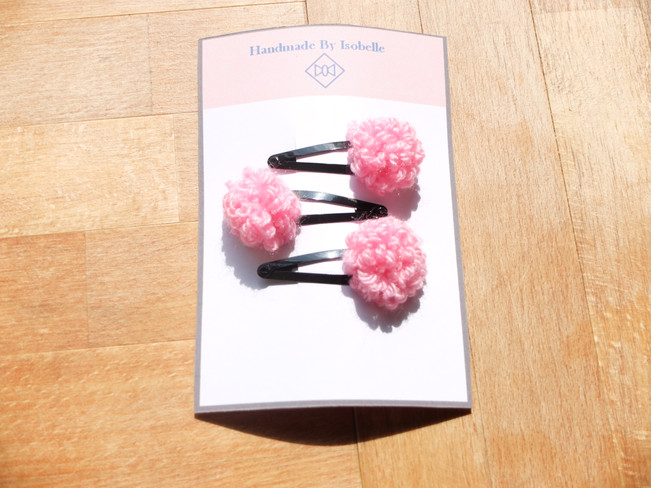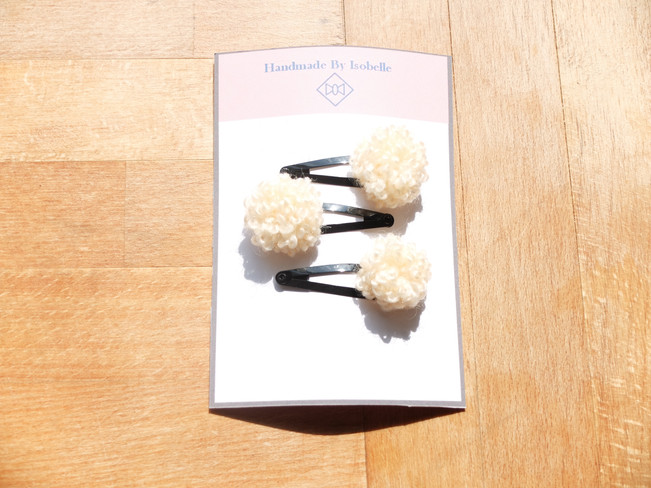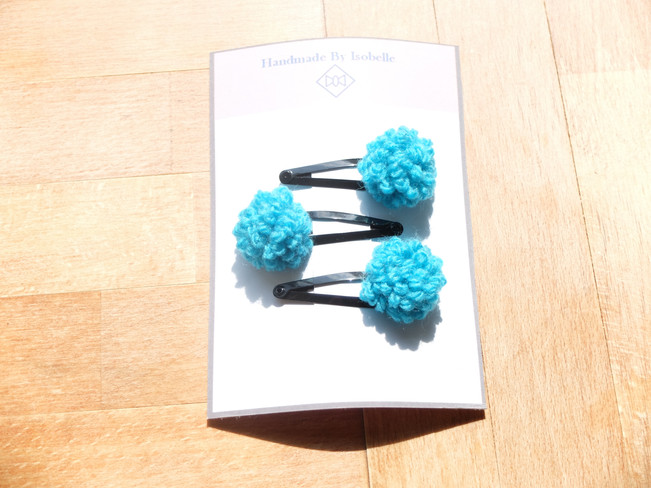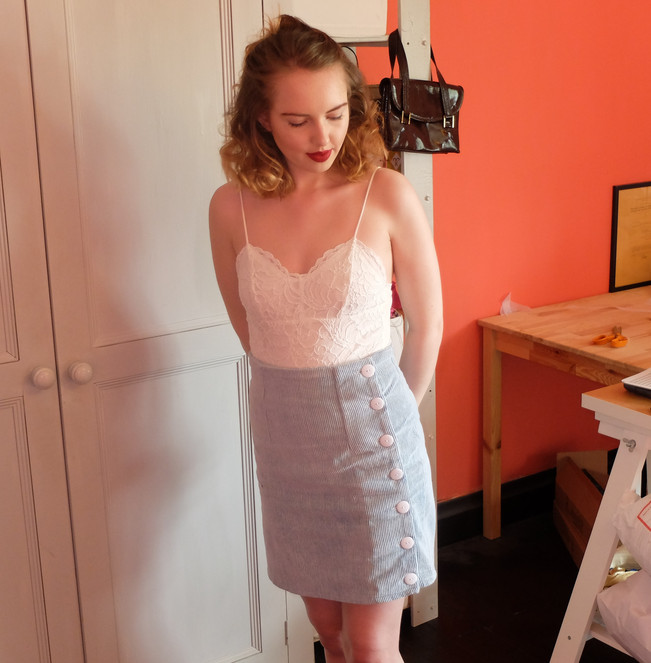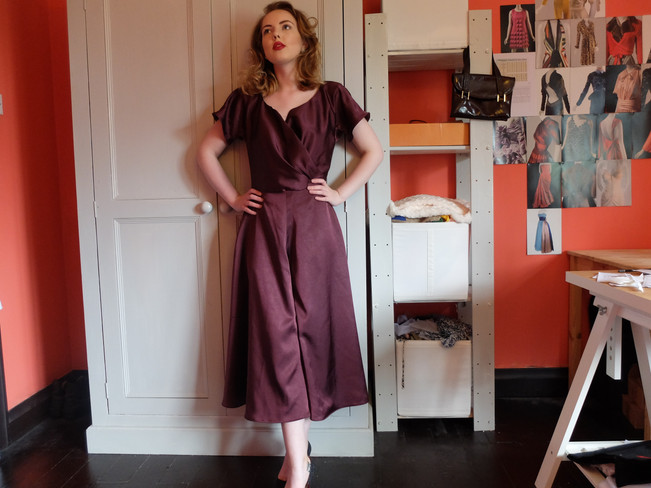The word Fedora comes from a play "Fedora" by Victorien Sardou . In 1882, the actress Sarah Bernhardt played the role Princess Fedora Romanoff and wore a centre creased soft brim hat. The hat also became popular choice for women's rights activist's. It wasn't until the 1920's, that men began wearing fedoras (popularised by Prince Edward).
Now I've decided to make my own. Using a Stetson crown block and wide circular brim block. I used two bottle green wool felt capeline which I steamed and stretched over the two blocks.
Traditionally a milner would sew the entire hat by hand so that's what I did too. Putting the hat together requires three different hand stitches; wire stitch, back stitch and stab stitch.
Wire Stitch
Wire stitch is the stitch I used to sew the wire round the brim.
Back Stitch
Back stitch is one of the essential hand stitches. I used it to attach the crown and brim.
Stab Stitch
Stab stitch is the stitch I used to sew petersham around the edge of the brim and sew in the hat band.
After hours and hours of hand sewing, all that's left to do is add a hat band. Then it will be ready to wear.










